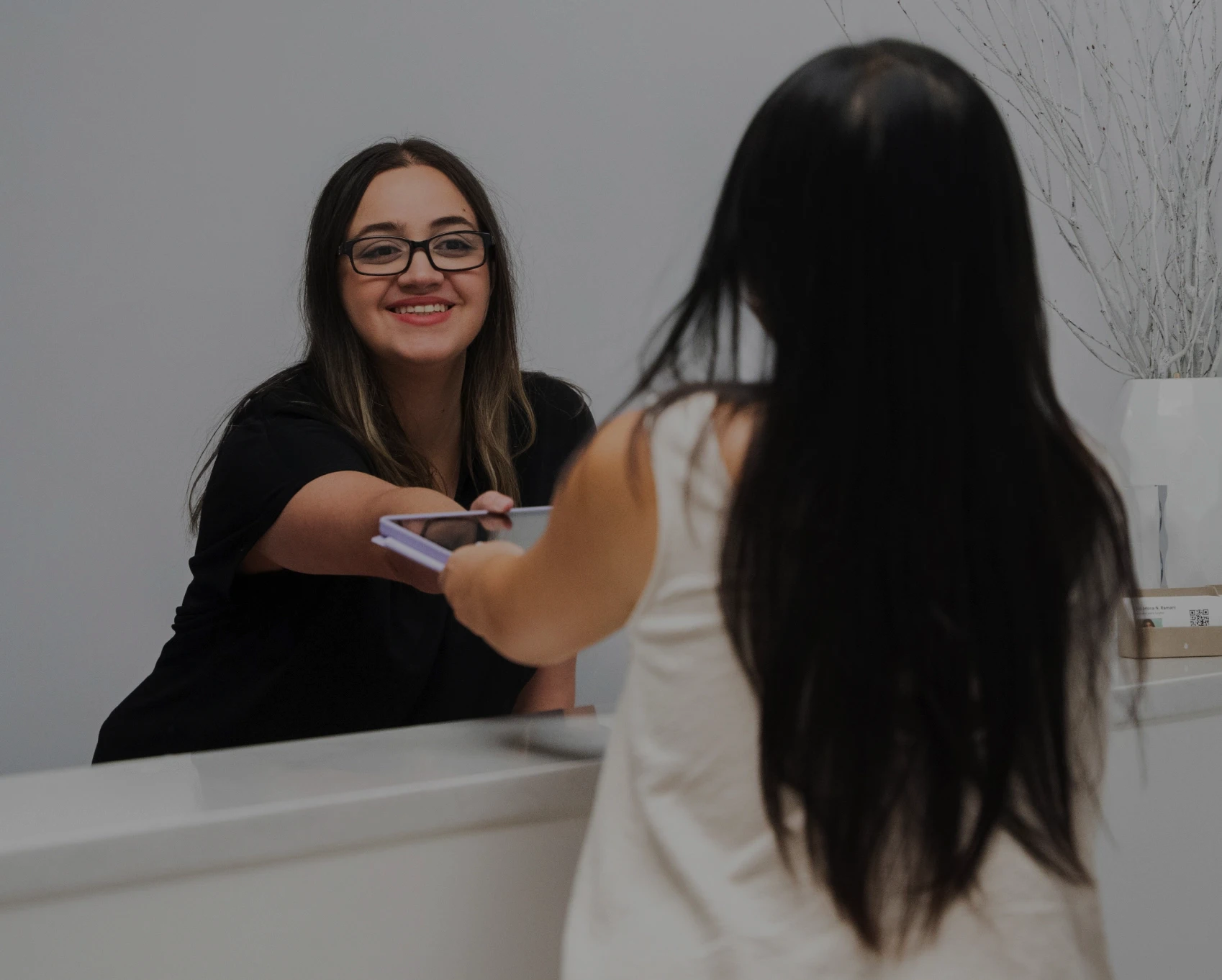By Dr. Mona Ramani
It is officially fall in New York City. This means we finally have perfect running weather. In Central Park we’ve noticed an inrush of runners lately. Running is truly a great sport – it’s an excellent way to build strong bones and muscles, maintain cardiovascular fitness and provides mental benefits and reduced stress. However, with more running comes more lower extremity injuries. Understanding what type of runner you are and knowing what type of injuries are prevalent with each running technique can be a game changer.
Here are some basic pointers on the different types of running styles:
- Heel Strikers: Strikes the ground with the back of the foot (heel) after each stride. These runners are at risk of plantar fasciitis and Achilles tendinitis as well as knee pain. Heel cushions and focused stretches are important to reduce injury. Studies show this is the most prevalent type of running although most elite runners are not heel strikers.
- Forefoot Strikers: Use the ball of the foot to strike down first and in some cases their heel might never contact the ground. Forefoot runners push their weight forward over their toes which can make them more prone to developing neuromas, metatarsalgia, and stress fractures. Metatarsal pads, orthotics and specific stretches and strengthening techniques can avoid these injuries.
- Midfoot Striker (Neutral Strike): Touches the ground at the arch of the foot – Safest strike as you are using your own foot’s built in suspension for protection. Your weight is evenly distributed so there is less uneven pressure to certain parts of the foot. Although this is the safest gait pattern, people are still prone to ankle and tendon injuries with muscle fatigue.
Running pointers:
- Maintain a tall posture with relaxed shoulders and tight core. Focus on using the glutes and core so that you aren’t overusing the smaller musculature in the feet. When running with weak glutes and core you are at more risk of overusing the foot and lower leg muscles which is a major cause of injury.
- Use controlled diaphragmatic breathing. By breathing using your deep abdominals you will take in more air and use that air more efficiently. This type of breathing will allow your body to relax whereas chest breathing causes tension in the shoulders which is counterproductive in running.
- Change your shoes every 500 miles or sooner especially if you start noticing aches and pains that are not the direct result of an injury. Use an app to track how many miles you are putting on your shoes. Having a separate pair of running and walking shoes makes it easier to track wear.
- Bring your running shoes to your podiatry appointments. Old shoes reveal a lot about the type of runner you are and allow us to make modifications in your new shoes to help prevent injuries.
No matter which running style you have accustomed yourself to, having loose hips, a tight core and flexible ankle dorsiflexion is necessary to avoid irregular aches and pains from running. At AIRE, we offer a customized personalized running analysis in our gait training lab. We want to keep you active and doing the things you love. If this is your goal too, come by for an evaluation.
